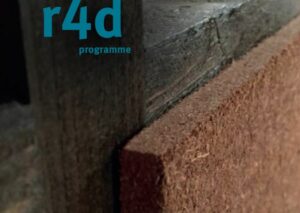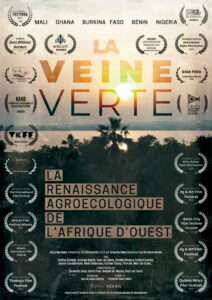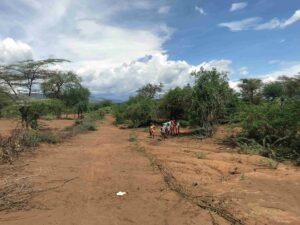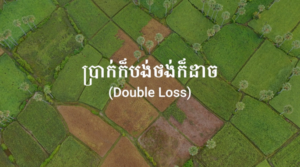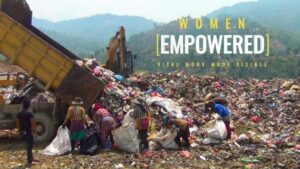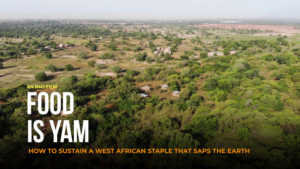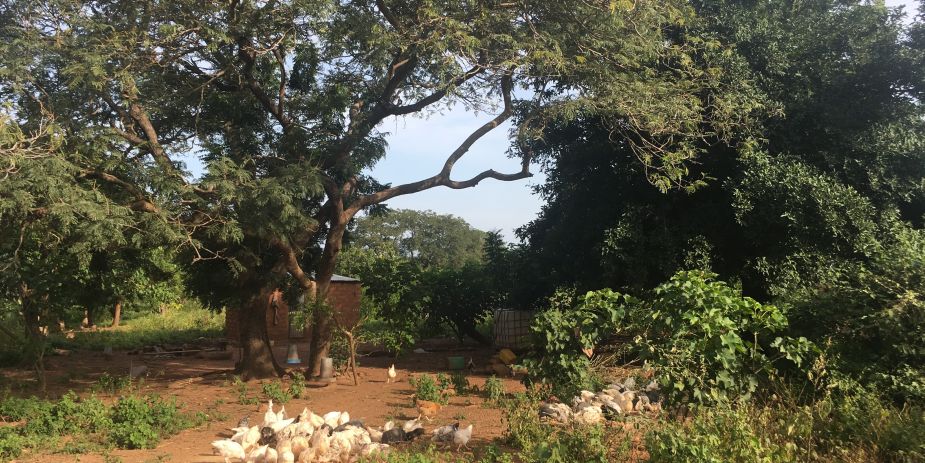
A better life off the land: Villagers join forces in Myanmar
On the southern stretch of Myanmar, the villagers are the last to have a say in what happens to their land.
Mostly smallholders, over the years they’ve watched from the sidelines as land got converted to oil palm and rubber monocultures, or for conservation – their interests swept aside in the process.
The odds are simply stacked against them.
Myanmar’s history of turmoil and authoritarian rule has left a mark, both on the people and on the land. Competition for natural resources is even more intense after the country’s partial reopening in 2011. The villagers now face a mind-boggling maze of land-use laws and policies which continue to serve investors, favouring big agricultural projects that promise to boost the country’s economy.
“There has been a gap over decades between communities and government departments”
Lara Lundsgaard-Hansen, University of Bern
All the while, land and water are becoming scare, but the population still grows. And along with the impacts of a long civil war, these realities are at the heart of the challenge of making a living from agriculture effectively and sustainably, according to Lara Lundsgaard-Hansen from the University of Bern in Switzerland.
“There has been a gap over decades between communities and government departments,” says Lundsgaard-Hansen, who coordinates a research team that’s worked in the region for the past few years. “We have to respect that gap.”
The team took this into account to come up with an approach to help villagers make a better living off the land – to identify a vision for their future in agriculture, and build networks that can help their voices get heard in wider discussions about managing the land.
It takes some groundwork. The effort stretches across four villages in different locations, settled by different ethnic groups – two with a predominantly Karen-Christian minority population, two mainly Burmese-Buddhist. And for a country still emerging from a painful period of conflict, opening doors and speaking up doesn’t always come easy.
In search for viable options
The land in this part of Myanmar is a mix of forest and agriculture. After years of growing rice for subsistence with shifting cultivation, smallholders seized new opportunities to boost their income and secure land, abandoning rice in favour of mixed-crop plantations. This added to a bigger trend of agriculture gradually expanding into forest.
When a rush for rubber took off in 2010, some 80% of these farmers got on board with what looked like a thriving business. But the gamble failed to pay off.
“The problem with rubber is that it takes at least seven years of growing before you can harvest the first drop of liquid,” explains Lundsgaard-Hansen. “[And] when they bought the seeds to grow the trees, they were already the worst variety – because they’re cheapest. [There are] whole areas full with rubber plantations, and they’re all very bad quality.”
On top of that, many farmers lacked expertise to grow the trees and tap them to release the liquid sustainably.
The venture left them frustrated – without a good return after years of effort and expense, and unsure of where to turn to next. Water shortages and climate change are only adding to the strain.
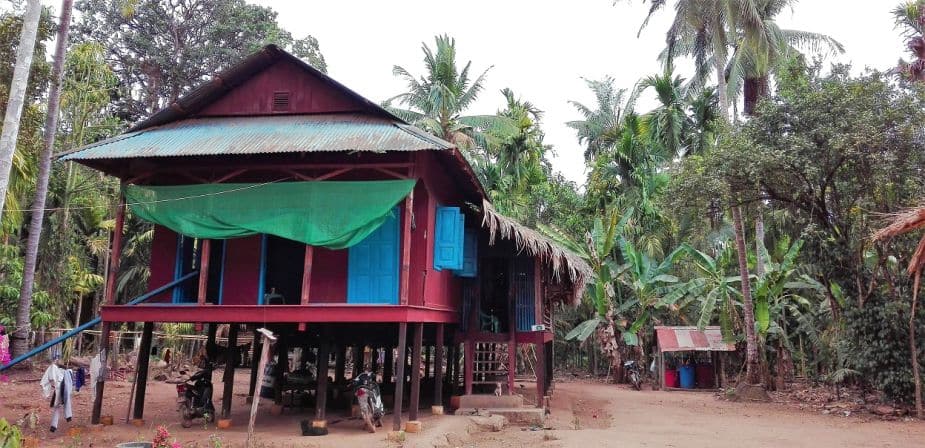
Picture 1:A typical house for an upper-income household
Meanwhile, forest and land are becoming increasingly scarce in the region, and productivity is low. The research team knew that finding a way to intensify agricultural production would only work if it was sustainable. It’s what villagers want too, says Lundsgaard-Hansen, even though securing food and income to support their children’s education is the priority over the short-term.
Following from an earlier phase of the Telecoupled landscapes project, which began in 2015, the farmers tried to find a solution with microfinance. There was some success with a small fund that helped individual farmers boost their income – buying a sewing machine to earn more cash, or branching off into new crops like elephant foot yam.
But it wasn’t enough to solve the bigger problem of how to intensify agriculture sustainably on limited land.
That’s when the team opted for participatory ‘visioning’ and collective action, in a new phase of the project supported by the r4d programme – a joint initiative by the Swiss Agency for Development and Cooperation and the Swiss National Science Foundation.
The idea behind the process is to encourage villagers to express their aspirations for how to develop the land in the next 10-30 years.
“First, we will ask them [about] their future dream,” explains Nwe Nwe Tun, the project’s field leader. “And then we will try to find the pathway – how to reach [it].”
What that looks like remains to be seen. It might be about growing a more diverse set of crops, or more valuable ones like medicinal plants; it could involve making better use of agricultural waste like palm leaves; cultivating organic produce for the tourism industry is another option; or it may be about improving how water and soil are managed.
The team is also lining up mediators to create a ‘community of practice’. The idea is to help the process along by ensuring access to markets where necessary, for example, or improving access to funds and knowledge. “One farm alone cannot really do a lot of change,” says Lundsgaard-Hansen. “You need to work together … but also you need to work with traders or maybe agricultural experts or government departments.”
The hope is for the work to ripple out beyond the village, giving communities a stronger voice at regional and national conversations about agricultural development, with the help of two local partners that focus on sustainable development: OneMap, a government initiative, and the Dawei Research Association, a civil society organisation.
A legacy of inequality
As the pandemic continues to limit movement globally, the team is adjusting the plan: the visioning process – originally conceived as a series of one-day workshops – is now going virtual with messaging apps and phone calls until face-to-face gatherings become possible again.
And there’s much more complexity to navigate.
“Some people are really very silent”
Nwe Nwe Tun, project field leader
The legacy of the civil war still echoes in how communities interact with the project. Nwe Nwe Tun believes that some villagers will easily speak up about their vision for how land could be used. “But some people are really very silent,” she says.
The more isolated communities tend to be guarded. These are people whose lives revolve around tending their fields, hesitant to contact outsiders. “Their behaviour and their habits are difficult to change,” Nwe Nwe Tun points out.
But that’s not the case for everyone. “There are people who are working in companies, traders,” she adds. “[Many villagers] are very bright and very sharp.”
And there are ways to slowly break down the barrier. Spending long periods at the villages to get to know each other is one; making social equality a priority is another.
The two villages with a Karen ethnic population are just emerging from a long period of isolation. “So they really hate inequality,” says Nwe Nwe Tun. Because of this, she explains, having a guarantee that the project would give them equal say with other groups was important for their decision to join in. “Everybody [in the project group] can vote – for choosing the group leader, for choosing the business activity [and so on].”
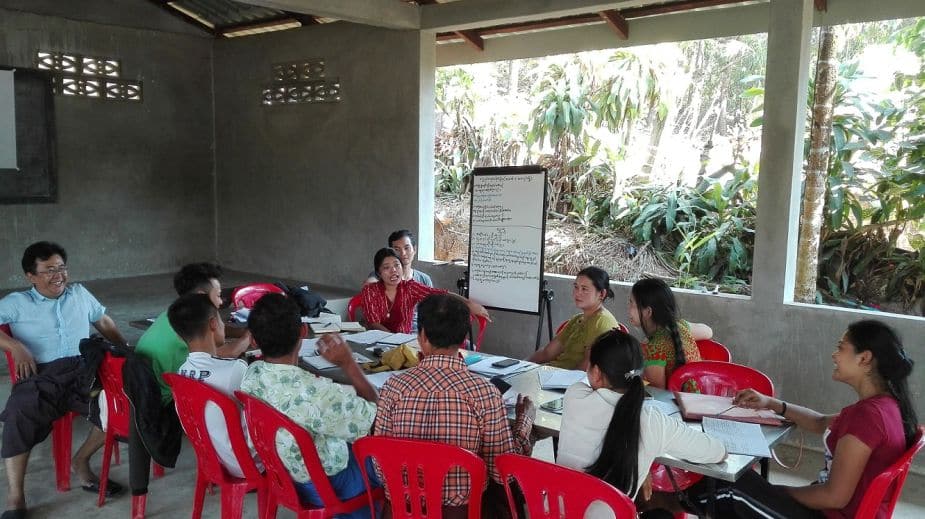
Picture 2: A group meeting held during the project
The land zones where villages are located also come with different official rules that often date back to colonial times and don’t map well to reality. One area was already settled when designated as ‘reserved forest’ for government use. People – usually ethnic minorities – continue to use the forest, but don’t officially own the land. “So they’re in a difficult situation,” says Lundsgaard-Hansen. “They don’t know if they could keep the land, if they can invest or not.”
Where land tenure is an option, buying the title is easier for those with means – and so poorer farmers end up with smaller parcels or get forced into casual labour. Where areas are set aside for conservation, it’s again the poorer farmers who miss out by losing access to forest resources.
Another challenge is a dependency on middlemen and the prices they set: farmers in remote villages tend to have less bargaining power.
The researchers know time is too short to tackle the challenge in all its complexity. The goal is to set things in motion, in the right direction. “We hope we can come up with pathways,” says Lundsgaard-Hansen, “establish some networks … and from then on they can go about it themselves.”
Related Posts
The Green Vein: Agroecology Rising in West Africa
WOMEN EMPOWERED: Vital Work Made Visible
Sources
Learn more:
r4d Project: Managing telecoupled landscapes.
Transformation Accelerating Initiative: Collective capabilities and action for sustainable agricultural intensification in Tanintharyi Region, Myanmar
Research and Implementation partners: Environmental Care and Community Security Institute (ECCSi), Yangon; Dawei Research Association; Centre for Development and Environment (CDE) at University of Bern
Photo credits: Lara Lundsgaard-Hansen
About the author: Anita Makri is a freelance writer/editor/producer based in London
